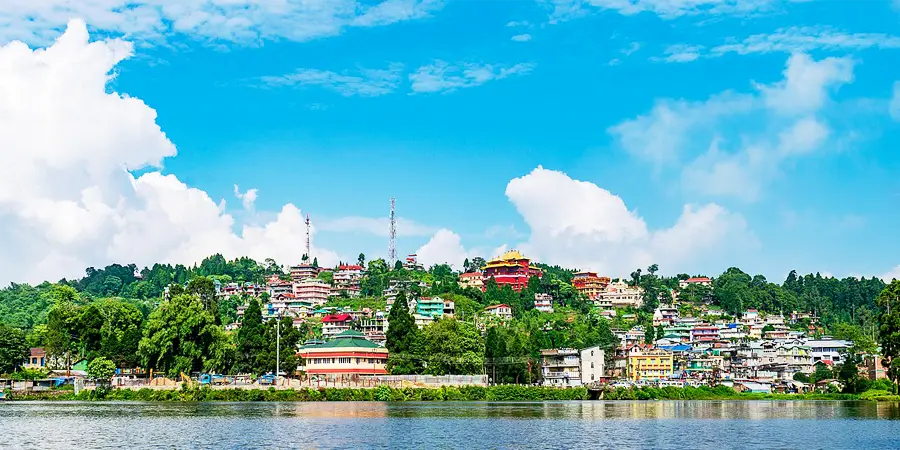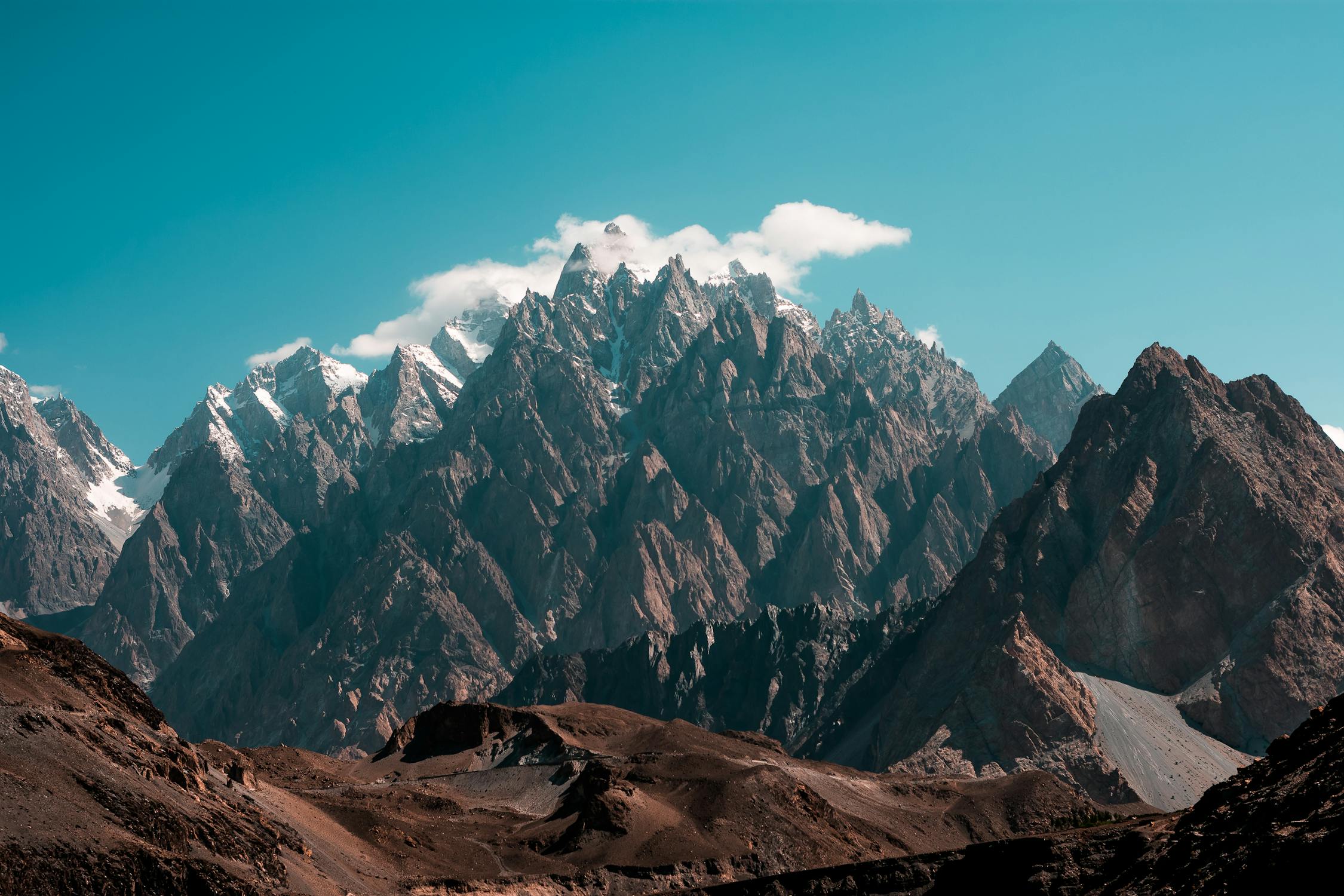Darjeeling is a picturesque hill station that attracts travellers with its stunning views, colonial charm, and cool climate. Whether you’re visiting the world-renowned tea gardens, exploring the serene landscapes, or capturing the perfect sunrise from Tiger Hill, the weather plays an essential role in shaping your experience. In this article, we will delve into the Tiger Hill temperature and overall Darjeeling temperature to help you plan your visit to this enchanting destination.
Darjeeling Weather: An Overview
Darjeeling enjoys a temperate climate, offering a reprieve from the scorching heat of the plains, making it a popular getaway throughout the year. Situated at an elevation of 2,042 meters (6,700 feet), the Darjeeling temperature and weather patterns vary depending on the season. The region is divided into four distinct seasons: summer, monsoon, autumn, and winter.
- Summer (March to June):
During summer, Darjeeling experiences mild weather, with daytime temperatures ranging between 10°C to 20°C. The cool temperatures, combined with clear skies, make it the best time for sightseeing, outdoor activities, and tea garden visits. The summer months are ideal for exploring Darjeeling’s charming streets, enjoying the tranquillity, and taking part in nature walks. Nights are cooler, so it’s advisable to carry light woollens. - Monsoon (July to September):
The monsoon season in Darjeeling brings heavy rainfall, making it a lush green paradise but also challenging for outdoor activities. Temperatures range from 15°C to 19°C during this time. Rain can cause landslides and make roads slippery, so it’s important to be cautious while travelling. However, the monsoon is the perfect season for those who enjoy the misty beauty of Darjeeling and the refreshing coolness it brings. - Autumn (October to November):
Autumn in Darjeeling is characterized by clear skies, cool weather, and crisp air. After the rains, the region looks rejuvenated, and the landscape is at its most vibrant. The Darjeeling temperature during this period ranges from 6°C to 15°C, making it an ideal time for outdoor activities, such as trekking and sightseeing. The visibility is excellent, and tourists can enjoy panoramic views of the surrounding mountains, including Kanchenjunga. - Winter (December to February):
Winters in Darjeeling are cold, with temperatures dropping as low as 2°C during the night and reaching up to 10°C during the day. The cold, combined with occasional snowfall, transforms Darjeeling into a winter wonderland. This is the best time for photographers, as the snow-capped peaks and crisp skies offer fantastic views of the Himalayas. Early mornings can be particularly chilly, so visitors should be prepared with heavy woollens, gloves, and scarves. Winter is also the perfect time for cosy indoor experiences like sipping Darjeeling tea by the fire.
Tiger Hill Temperature and Climate
Located 11 kilometres from Darjeeling, Tiger Hill is one of the most popular tourist attractions due to its breathtaking views of the sunrise over Kanchenjunga and, on clear days, even Mount Everest. The Tiger Hill temperature is generally cooler than Darjeeling, as it stands at an elevation of 2,590 meters (8,500 feet). This makes it an ideal place to witness the first rays of sunlight touch the Himalayan peaks.
- Summer (March to June):
In the summer months, the temperature at Tiger Hill is cooler compared to Darjeeling, ranging between 5°C to 15°C, particularly in the early mornings. The chill in the air during sunrise is palpable, and it’s advisable to wear a warm jacket or sweater. The weather is generally clear, and visitors can enjoy unobstructed views of the snow-capped mountains. - Monsoon (July to September):
During the monsoon season, the Tiger Hill temperature remains cool, ranging from 10°C to 18°C. However, the frequent mist and clouds can obscure the views of the mountains, making sunrise sightings challenging. The rainy weather can also make the roads slippery, so visitors should exercise caution while traveling. Despite these challenges, the lush, green landscapes and misty views of Tiger Hill during the monsoon season offer a unique experience. - Autumn (October to November):
Autumn brings crisp, cool weather to Tiger Hill, with temperatures ranging from 6°C to 15°C. This is one of the best times to visit, as the skies are clear, and the sunrises are spectacular. The air is fresh, and the visibility is at its peak, offering panoramic views of the Kanchenjunga range. The Tiger Hill temperature during autumn makes it an ideal time for early morning visits to witness the sunrise. - Winter (December to February):
Winters at Tiger Hill are particularly cold, with temperatures often dropping below freezing point. The mornings can be frosty, with temperatures ranging from 0°C to 5°C. Visitors heading to Tiger Hill for the sunrise should dress warmly to withstand the cold and enjoy the stunning views of the mountains. The clear skies and snow-covered peaks create a mesmerizing sight during the winter months.
When to Visit for the Best Weather
The best time to visit Darjeeling largely depends on the kind of experience you are seeking. While Darjeeling is a year-round destination, some seasons offer better weather conditions for specific activities.
- For Pleasant Weather and Outdoor Activities:
If you’re looking for clear skies, comfortable temperatures, and the best visibility for sightseeing and trekking, the months between March and May (spring) or October and November (autumn) are ideal. The Darjeeling temperature is perfect for enjoying the natural beauty of the region, and Tiger Hill offers some of its best sunrise views during these seasons. - For Snowfall and Scenic Beauty:
For those who want to experience Darjeeling covered in snow and enjoy the winter magic, the months of December to February are the best. While the cold can be intense, the Darjeeling weather during winter creates a picturesque winter wonderland. The sunrise views from Tiger Hill during this time are exceptional, with snow-capped peaks and clear skies. - For Monsoon Magic and Lush Greenery:
If you love the monsoon season, when the landscape becomes lush and green, visiting Darjeeling in June to September is ideal. However, be prepared for the rain and the possibility of misty sunrises at Tiger Hill.
Packing Tips for Darjeeling Weather
Given the variety of Darjeeling weather, packing appropriately is essential for enjoying your trip comfortably.
- For Spring and Summer:
Pack light woollens for the evenings, comfortable clothing for the daytime, and good walking shoes for outdoor exploration. A hat, sunglasses, and sunscreen are also recommended. - For Monsoon:
Waterproof clothing, an umbrella, and sturdy shoes are necessary for navigating the slippery paths. A light jacket for the cooler evenings is also a good idea. - For Winter:
Warm woollens, gloves, thermal wear, and a good quality jacket are essential for staying comfortable in the cold. Don’t forget a hat, scarf, and boots for extra warmth during your visit to Tiger Hill.
Conclusion
Understanding the Darjeeling temperature, Tiger Hill temperature, and overall Darjeeling weather is essential for making the most of your trip to this enchanting hill station. Whether you’re planning to experience the crisp autumn air, witness the snowy winter peaks, or enjoy the refreshing monsoon rains, Darjeeling offers something for every traveller. By choosing the right time and packing accordingly, you can experience the best of what Darjeeling has to offer, including its mesmerizing sunrises from Tiger Hill.



